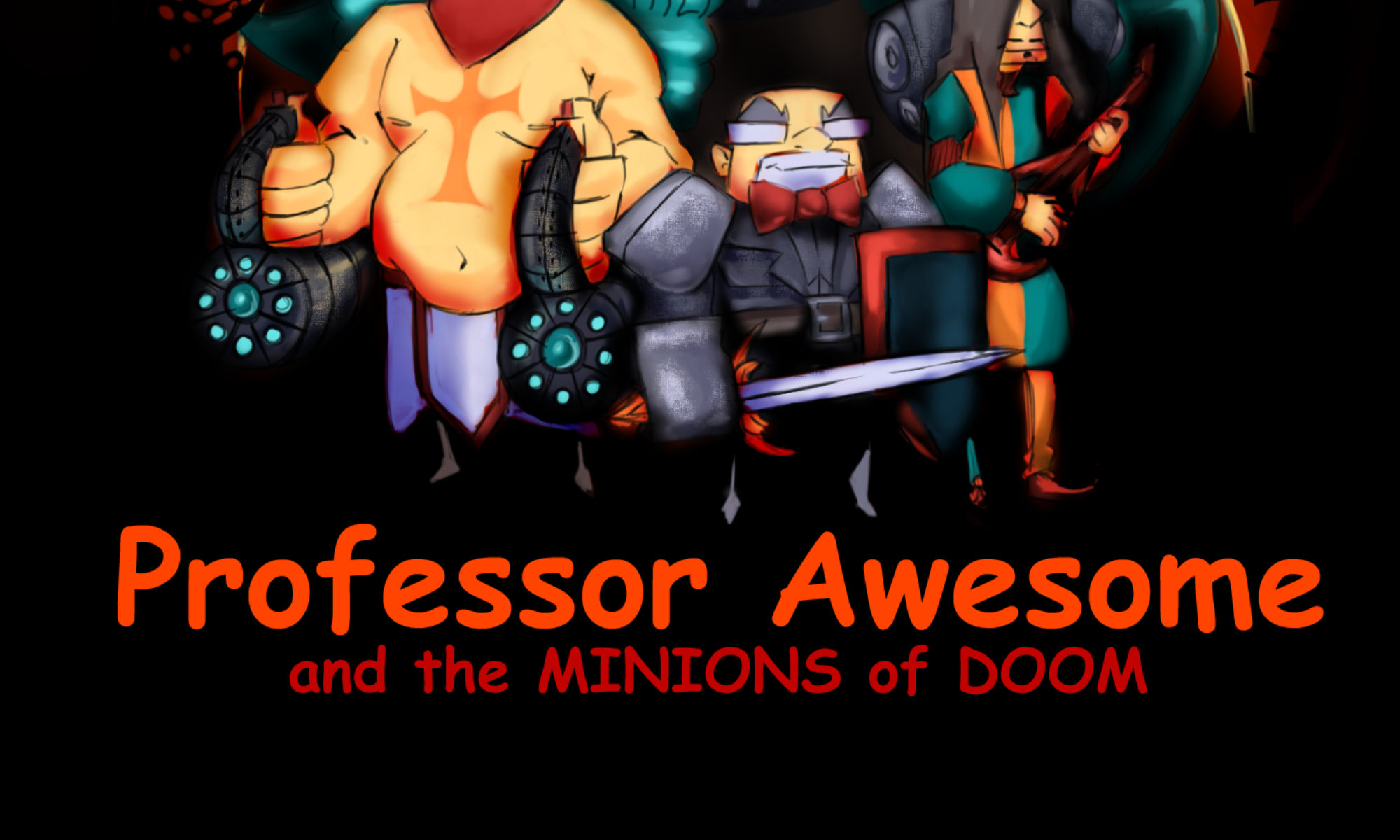Last night I went to see Jupiter Ascending with Captain Skyhawk and Kat Ninetails. We were literally the only three people in the theater, which allowed us to go full MST3K (or HDTGM, depending on your tastes).
Following standard internet protocol, here is the warning that spoilers are coming, but frankly, the movie makes so little sense that it’s practically unspoilable. Just go ahead and read this and any other spoiler-filled review — it won’t matter.
I’m not going to get into everything that’s wrong with this movie, because that would take longer than the film itself. Suffice it to say that Sean Bean plays a half-man/half-bee character, Channing Tatum spends most of the film on space roller blades, and Mila Kunis both has an incestuous engagement and gets into bestiality, attempting to seduce a half-wolf character by saying, “I like dogs.” And none of these are even the craziest and stupidest parts of the movie.
If you want a review of how terrible this movie is, you have find lots of those online. Instead, I want to offer a different suggestion here: That this movie should be rebooted.
Unfortunately, Hollywood has a habit of remaking (and ruining) good films, rather than remaking bad films that could have been good. While there are some happy exceptions to this rule (The 1941 Maltese Falcon was the third film version of that book), the Nicholas Cage remake of The Wicker Man is more representative. Oh, and just to keep with our horrible bee-movie theme, here’s a short clip from The Wicker Man expressing how we felt watching Jupiter Ascending:
Here’s the counter-intuitive thing about Jupiter Ascending: It’s trying to do big things. Although most of the practical effects are Fifth Elementesque, the non-action space scenes are truly beautiful. Terry Gilliam makes a cameo in a bureaucracy montage scene (yes, bureaucracy plays a major role in the film) that pays homage to his own wonderful Brazil. It introduces interesting themes that never get fully explored, on topics such as transhumanism, cross-cultural identity, and the amorality of scientism.
Here’s an example: In the beginning, we find that Jupiter (the ostensible protagonist, who is so ill-constructed as a character that she defies description) is being taken advantage of by her cousin. He convinces her to sell her eggs to a fertility clinic so that he can buy a Roomba and a big-screen TV. Somehow, he has convinced her that he should keep 2/3 of the split, though it is unclear as to why he should get any of this money, nor why she is so stupid as to agree to this when we know she is genetically predisposed to be one of the most ruthless capitalists in the universe.
This whole subplot seems like at one time it was supposed to be a comic parallel of the darker, larger plot: A relative is exploiting her, getting her to sell out her genetic heritage for his own gain. Her cousin Vladie and pseudo-son Balem Abrasax even have parallel speeches about the nature of capitalism. The problem is that those parallel themes never get fully exploited, and are in fact hard to see in the final cut of the film.
Lots of people have complained about how many characters are introduced in the film, then mysteriously disappear without a story arc. Jupiter has a best friend who is about to get engaged to a wealthy sort-of Olympic athlete, which presumably in one draft of the script of another was supposed to mean something? Sean Bean has a daughter who in no way advances the plot, coughs in a way that seems to big significant, then never appears again. We’ve got bounty hunters who start to get developed as characters, then suddenly fall off the edge of the movie.
This flaw, however, is exactly what makes the movie ideal for a reboot. It is a horrible movie, but it has many bits and pieces of a wonderful and important film. Kat Ninetails compared it to a ransom note: A weird message pasted together out of bits of other media in a way that makes the reader feel confused and threatened. It’s as if Dune, The Fifth Element, Anastasia, and Brazil were all blended together and forced down your throat. A reboot that picked a single theme and single visual style, stayed disciplined in that, and was competently acted, could not only be a great film, but the beginning of a great franchise.
Now, before we go, I offer you Captain Skyhawk’s Jupiter Ascending prequel fanfic, which I would like to note he wrote before seeing the film, and still manages to be a better version of the first act of the movie.
EXT. SHOT SPACE PRESENT DAY [Caine] SPACE SHIPS ARE FLYING AROUND AND ZOOMING EVERYWHERE. SPACE IS A BUSIER PLACE THAN WE IMAGINED. Caine I need to land on this planet to get the plot moving. CAINE LANDS ON THE PLANET. INT. SHOT BUILDING PUBLIC BATHROOM [Caine, Jupiter, Baron Harkonnen] JUPITER IS CLEANING A TOILET. THIS IS HER JOB BEFORE SHE FINDS OUT SHE IS QUEEN OF THE UNIVERSE. Jupiter I hate cleaning toilets. It stinks. CAINE ENTERS THE ROOM Caine I have come to take you to outer space. Jupiter Who are you? Caine I am Channing… Caine. I am Caine. CAINE AND JUPITER REPAIR TO LEAVE THE ROOM TO GO TO OUTER SPACE, BUT THE BARON HARKONNEN FLOATS INTO THE ROOM ON SUSPENSOR FIELDS AND BLOCKS THEIR PATH. Baron Harkonnen No! This is my story! You won’t steal it from me. (MANIACAL LAUGHTER) Caine Don’t worry, my queen I shall defend you! CAINE LEAPS IN BATTLE AND THE STORY BEGINS








